 Date: 2014-10-27 08:11:26Science Molecular biology Laboratory techniques Polymerase chain reaction Biotechnology Internal transcribed spacer Ribosomal DNA Restriction fragment length polymorphism DNA extraction Biology DNA Chemistry | |  1 ONLINE RESOURCES Utility of ITS1 as a molecular tool for reliable identification of Henosepilachna pusillanima and H. septima (Coleoptera: Coccinellidae) G. T. Behere1*, D. M. Firake1, P. S. Burange2, P. D. Firake3, N 1 ONLINE RESOURCES Utility of ITS1 as a molecular tool for reliable identification of Henosepilachna pusillanima and H. septima (Coleoptera: Coccinellidae) G. T. Behere1*, D. M. Firake1, P. S. Burange2, P. D. Firake3, N
Add to Reading ListSource URL: www.ias.ac.inDownload Document from Source Website File Size: 621,78 KBShare Document on Facebook
|

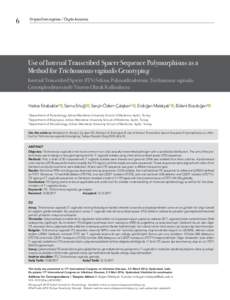
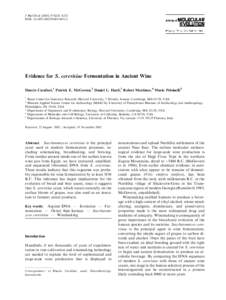
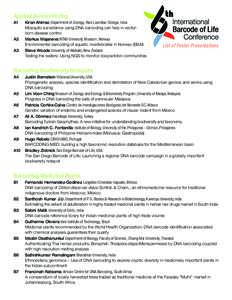
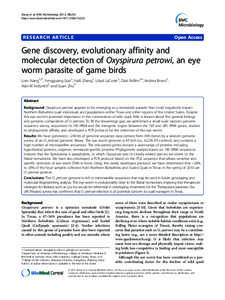
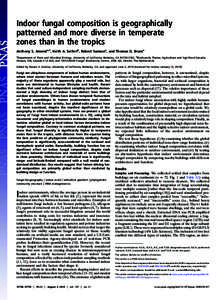
 1 ONLINE RESOURCES Utility of ITS1 as a molecular tool for reliable identification of Henosepilachna pusillanima and H. septima (Coleoptera: Coccinellidae) G. T. Behere1*, D. M. Firake1, P. S. Burange2, P. D. Firake3, N
1 ONLINE RESOURCES Utility of ITS1 as a molecular tool for reliable identification of Henosepilachna pusillanima and H. septima (Coleoptera: Coccinellidae) G. T. Behere1*, D. M. Firake1, P. S. Burange2, P. D. Firake3, N